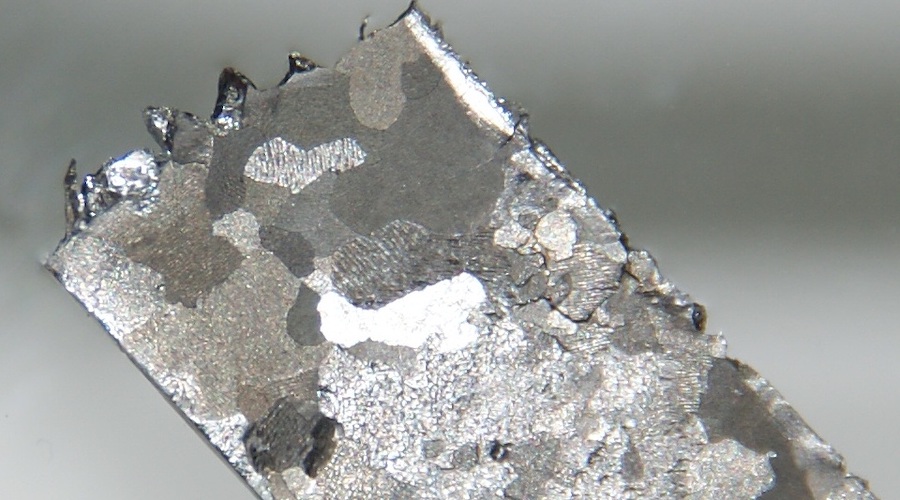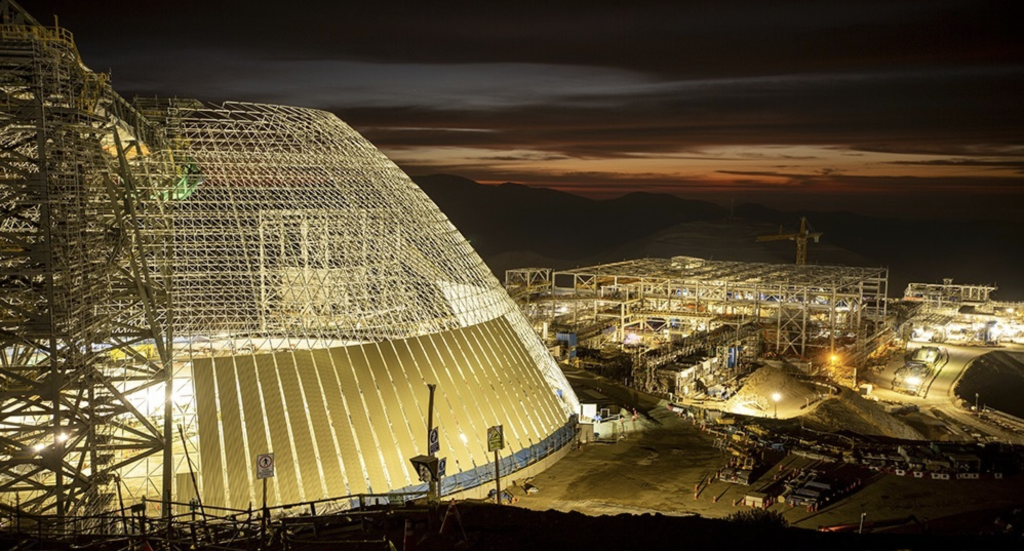Mining
Saturday, February 24th, 2024 12:42 am EDT
Key Points
- Surging Uranium Prices: The U3O8 uranium spot price experienced a significant increase of 10.96%, climbing above $100 per pound for the first time since before the 2008 financial crisis. This surge, which began in September 2023 and continued into January, marks a crucial milestone in the uranium market’s resurgence.
- Kazatomprom’s Production Constraints: The world’s largest uranium producer, Kazatomprom, announced production issues, including shortages of sulfuric acid and construction delays, leading to a U-turn from its previous production expansion plans. The reduction in Kazatomprom’s production guidance for 2024 and 2025 has significant implications for the global uranium supply, highlighting challenges in balancing supply and demand.
- Industry Developments and Market Outlook: Various industry developments, including government initiatives to support nuclear capabilities and ongoing supply uncertainties, have impacted the uranium market. Uranium reaching $100 per pound signifies another inflection point in the bull market, driven by a longstanding primary supply deficit and renewed interest in nuclear energy. Restarting and developing new mines are considered critical to meeting forecasted deficits, but sustained higher uranium prices may be necessary to incentivize sufficient production.
The uranium market has reached a significant turning point in its bull market trajectory, as demonstrated by the U3O8 spot price surging to $101.08 per pound in January, a notable 10.96% increase from the previous month. This rise surpasses the psychologically important threshold of $100 per pound, a level unseen since before the 2008 financial crisis. The price momentum has been steadily accelerating, particularly since September 2023, with brief spikes to $106 before settling back to $101 in January and then rising again to $106.51 by February 1st. The primary catalyst for this upward trend is attributed to the announcement made by NAC Kazatomprom JSC (Kazatomprom), the world’s largest uranium producer, stating that it would not meet its previously announced production increases for 2024 and 2025. This sudden reversal, after indicating production expansion plans in September 2023, signaled to the industry that the supply response to the fundamental deficit in the uranium market will take longer than anticipated.
Over the longer term, physical uranium and uranium mining equities have demonstrated significant outperformance against broad asset classes, particularly other commodities, with the U3O8 spot price rising by a cumulative 245.75% compared to 22.09% for the broader commodities index (BCOM) over the past five years. Kazatomprom’s decision to reduce its 2024 production guidance by 14% has significant implications, representing a 6% reduction in the global mine supply of uranium. This reduction, coupled with the uncertainty surrounding the timeline for Kazakhstan’s production increases due to the availability of sulfuric acid, highlights the challenges in balancing supply and demand in the uranium market. Despite Kazatomprom’s commitment to existing sales agreements, any shortfall in production may necessitate drawing down from inventories or procuring uranium from the spot market.
Various industry developments further bolstered the uranium markets in January, including commitments from Britain and the U.S. to invest in domestic production of high-assay, low-enriched uranium (HALEU), efforts to maintain existing nuclear infrastructure such as the Diablo Canyon nuclear power plant, and potential restarts of decommissioned nuclear reactors in the U.S. and abroad. However, supply uncertainties persist, particularly in Niger following a coup d’état in July 2023, and legislative efforts in the U.S. to ban imports of Russian uranium, which could exacerbate supply constraints.
Junior uranium miners have played a critical role in meeting demand, with appreciable increases in the uranium spot price prompting announcements of restarts of shuttered uranium mines. Uranium reaching $100 per pound signifies another inflection point in this bull market, with a longstanding primary supply deficit and renewed interest in nuclear energy driving market dynamics. However, challenges remain in bringing the market back into balance, with global uranium mine production falling short of reactor requirements and near-term supply inhibited by long lead times and capital intensity. Overall, sustained higher uranium prices may be necessary to incentivize enough production to meet forecasted deficits and support continued growth in the uranium market.
For the full original article, please click here: https://www.sprott.com/insights/sprott-uranium-report-uranium-price-returns-to-triple-digits/




